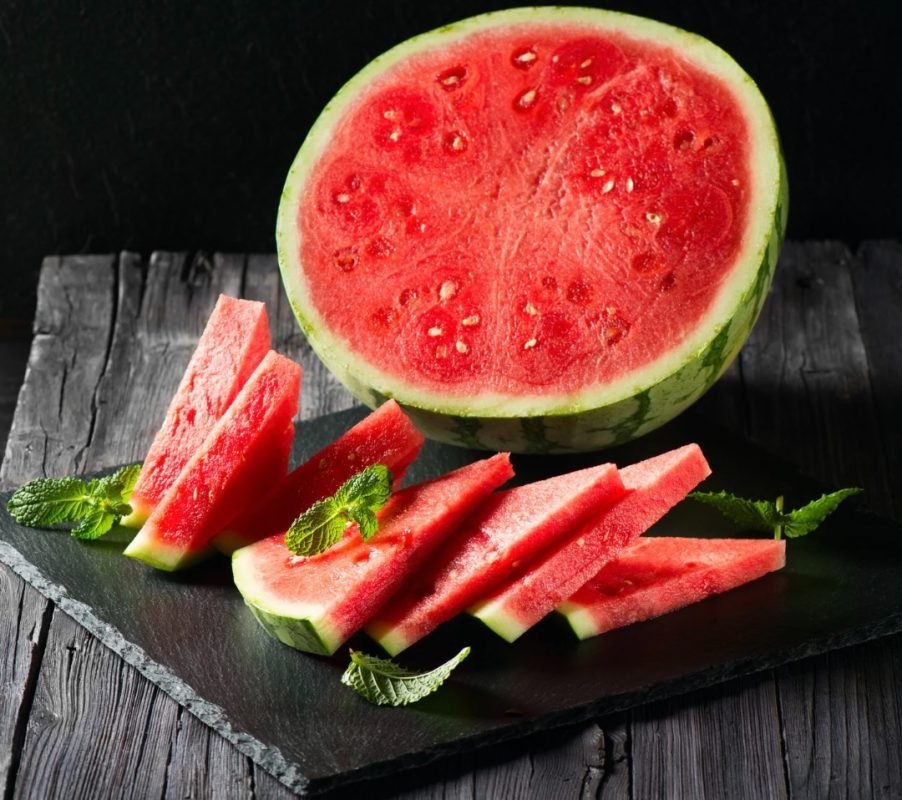Fructose
When you consume fructose, it is primarily absorbed in the small intestine and then transported to the liver via the portal vein. In the liver, fructose undergoes metabolism primarily through the process of fructolysis.
When your body breaks down fructose, it goes through a process called fructolysis. Instead of being converted directly into energy like glucose, fructose is turned into other substances like fructose-1-phosphate and dihydroxyacetone phosphate. Unlike glucose, which has a stop sign regulating its breakdown, fructose can skip this stop sign. This means that when there’s a lot of fructose around, your liver can end up making more fats like triglycerides. This can lead to fat buildup in the liver and contribute to health issues.
The unique metabolic pathway of fructose in the liver is one reason why excessive fructose consumption has been implicated in various metabolic disorders, including insulin resistance, fatty liver disease, and dyslipidemia. The increased production of triglycerides and lipid intermediates in the liver can contribute to insulin resistance by interfering with insulin signaling pathways and promoting inflammation.
Furthermore, fructose metabolism can lead to increased uric acid production, which has been linked to insulin resistance and hypertension. Additionally, excessive fructose intake can contribute to the development of non-alcoholic fatty liver disease (NAFLD), a condition characterized by the accumulation of fat in the liver.
It’s important to note that while fruits naturally contain fructose, they also provide essential nutrients, fiber, and antioxidants, which mitigate the potential negative effects of fructose. However, excessive consumption of fructose from added sugars, particularly in processed foods and sugary beverages, can contribute to metabolic dysfunction and should be limited as part of a balanced diet.
Here are some examples of foods that contain fructose:
- Fruits: Many fruits contain fructose, albeit in varying amounts. Examples include:
- Apples
- Pears
- Grapes
- Cherries
- Watermelon
- Mangoes
- Bananas
- Oranges
- Fruit juices: Fruit juices, especially those made from concentrated sources, can have high levels of fructose. It’s important to note that consuming whole fruits is generally preferable due to their fiber content, which can help slow down the absorption of fructose and mitigate its effects on blood sugar levels.
- Honey: Honey is a natural sweetener composed primarily of fructose and glucose, along with trace amounts of other sugars, minerals, and antioxidants.
- Agave nectar: Agave nectar, derived from the agave plant, is another sweetener that is predominantly composed of fructose. It is often marketed as a natural alternative to table sugar.
- Processed foods and beverages: Many processed foods and beverages contain added sugars, including high-fructose corn syrup (HFCS), which is a common sweetener derived from corn starch. HFCS is widely used in soft drinks, flavored beverages, baked goods, and processed snacks.
2) What role does insulin resistance play in the relationship between sugar consumption and inflammation, and how does this contribute to metabolic dysfunction?
Insulin resistance plays a central role in the relationship between sugar consumption and inflammation. High sugar intake can lead to chronically elevated blood sugar levels, which in turn promotes insulin resistance. Insulin resistance further exacerbates inflammation by impairing the ability of insulin to suppress the production of pro-inflammatory cytokines and by promoting the release of inflammatory mediators from adipose tissue. Additionally, insulin resistance disrupts lipid metabolism, leading to dyslipidemia and ectopic fat deposition, which contribute to metabolic dysfunction and the development of obesity, type 2 diabetes, and cardiovascular disease.
3) How can dietary modifications, including reducing sugar intake and consuming anti-inflammatory foods, help mitigate the inflammatory effects of sugar on the body?
Dietary modifications, such as reducing sugar intake and consuming anti-inflammatory foods, can help mitigate the inflammatory effects of sugar on the body. Limiting the consumption of added sugars, refined carbohydrates, and processed foods can help reduce the intake of pro-inflammatory nutrients and minimize the activation of inflammatory pathways. Instead, focusing on whole foods rich in antioxidants, such as, vegetables, nuts, seeds, and fatty fish, can help counteract inflammation and promote overall health. Additionally, incorporating anti-inflammatory herbs and spices, such as turmeric, ginger, and garlic, into the diet can further support the body’s natural anti-inflammatory defenses.
4) How does chronic inflammation resulting from high sugar intake contribute to the development of various health conditions such as obesity, type 2 diabetes, and cardiovascular disease?
Chronic inflammation resulting from high sugar intake contributes to the development of various health conditions by promoting insulin resistance, disrupting lipid metabolism, and damaging tissues. Inflammation interferes with insulin signaling, leading to insulin resistance, which is a key factor in the development of obesity and type 2 diabetes. Moreover, inflammation contributes to endothelial dysfunction and atherosclerosis, increasing the risk of cardiovascular disease. Additionally, chronic inflammation can disrupt hormonal regulation of appetite, leading to increased food intake and weight gain.













